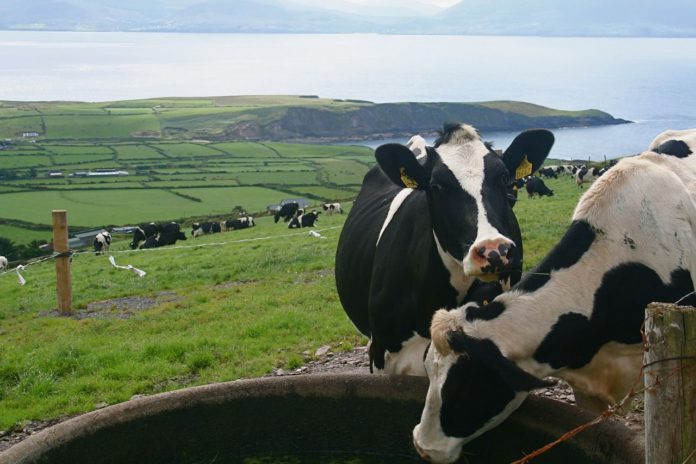How to get late-calvers back in-calf
Farmers can take two approaches to get late-calvers back in-calf quicker than would otherwise happen, according to Teagasc dairy specialist, Stuart Childs.
To shorten the calving to conception interval in cows, farmers can opt for:
- Once-a-day milking;
- Hormonal intervention.
Childs urged farmers to give the management of late calvers “some thought” to avoid these cows calving late again in 2022 or not at all.
1. Once-a-day milking
According to Childs, milking late calvers once-a day-from calving, until they are bred or until they are deemed to be in calf (3 weeks post 1st service), works on the principle of reducing the demands of milking twice-a-day.
Cows continue to run with the main herd, are fed as normal with the main herd but are only milked once each day.
He explained that the reduced energy demand of OAD allows these cows to begin their natural reproductive cycle quicker and will see them present for breeding in a shorter time period than if milking twice daily.
OAD increases their chances of conception to first service also, again due to the reduced energy demand.
While there is a loss of potential income in terms of reduced milk yield from these cows (he estimated €50-80 for the period of OAD), it is less than 5% of the cost of replacing them should they fail to go in-calf.
2. Hormonal intervention
Resumption of the cow’s cycle can be induced using the programme shown below.
He stressed that cows still need to be calved a minimum of 30 days before commencing this programme. However, it does give “excellent control” over the breeding of these late-calvers.
The submission rate will be 100% and the timed AI element eliminates the requirement to detect these cows in heat which can prove difficult as the breeding season progresses.
“The cost of this programme is approximately €40 so it is not cheap. It is vital that the programme is followed exactly as it is shown. Otherwise, it will not work as the timings of these injections are very important.”
While the bulk of herds will commence breeding in late April/early May, there will be a number of herds that will commence breeding within the next month.

Recovery period
According to Teagasc, nationally 1/4 of spring calving cows calve after April 1st and will be less profitable due to higher overall feed costs and reduced milk yield
Cows required recovery time post-calving. Ideally, the Teagasc advisor added, this voluntary waiting period, as it is known, would be 42 days or six weeks.
“That means that a cow that calves just before the breeding season commences will not be bred until there are 6 weeks of the breeding season passed.”
“This gives her potentially 2 chances of getting in-calf again before the breeding season ends in your typical 12-week breeding season.”
“Then, think of your May or June calving cow of which there are many more than you would think, (10-15% of the national herd) who calves at 6 weeks into the breeding season.”
“The chances of them staying in the herd are stacked well against her unless you are going to let her calve again in May or June of 2022, which does not tend to make much sense in terms of her profitability,” he concluded.
Information
You can find more farming tips and advice here.





